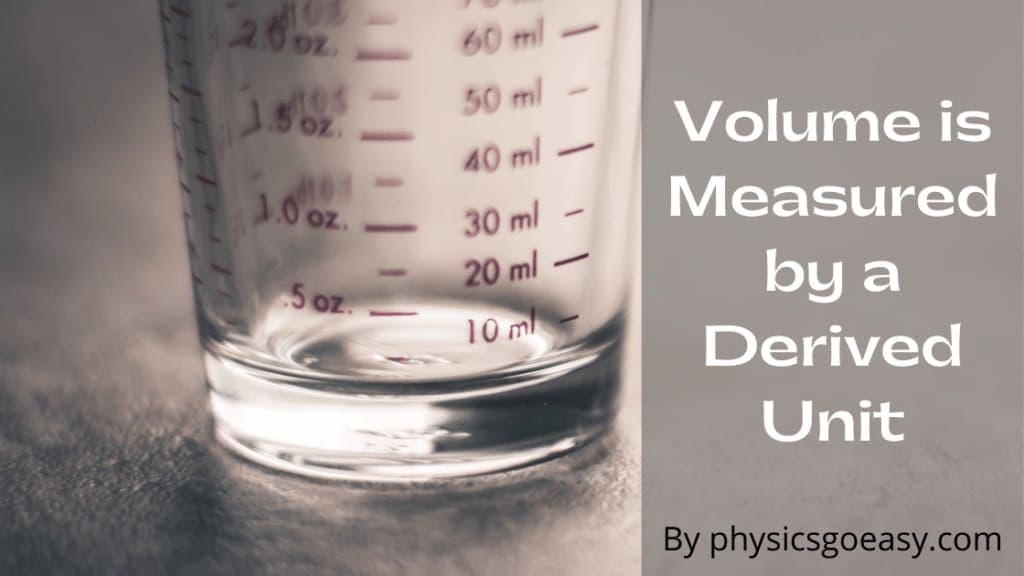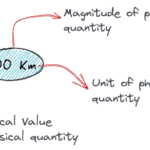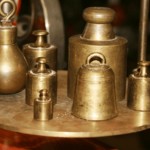In physics and other scientific disciplines, unit prefixes are often employed to indicate orders of magnitude. The “milli” prefix is one such term that is widely used. It signifies that a particular unit is scaled down by a factor of \(10^{-3}\) or \(\frac{1}{1000}\).

Milli Prefix Meaning
The “milli-” prefix is used in the metric system to denote a factor of \(10^{-3}\) or \(\frac{1}{1000}\) of a base unit. It is symbolized by the letter “m.” Commonly used in various scientific fields like physics and engineering, the prefix helps in making precise and scaled-down measurements. For example, a millimeter is \(0.001\) meters, and a millisecond is \(0.001\) seconds.
Mathematical Representation for Milli Prefix
If \( x \) is the original unit, then the unit with the “milli” prefix is represented as:
\[
mX = X \times 10^{-3}
\]
or equivalently,
\[
mX = \frac{X}{1000}
\]
For example, if you have a length measured in meters, 1 millimeter would be equal to \(0.001\) meters:
\[
1 \text{ mm } = 0.001 \text{ m }
\]
What Quantity is Represented by the Metric System Prefix Milli?
The metric system prefix “milli-” represents a factor of \(10^{-3}\) or \(\frac{1}{1000}\) of the base unit. In physics, it is commonly applied to quantities like length, mass, and volume.
Length
One millimeter (mm) would be \( \frac{1}{1000} \) of a meter.
\[
1 \text{ mm } = \frac{1}{1000} \text{ m } = 0.001 \text{ m }
\]
Time
Millisecond (ms) is used frequently in various contexts.
\[
1 \text{ ms } = \frac{1}{1000} \text{ s } = 0.001 \text{ s }
\]
Mass
For mass, one milligram (mg) would be \( \frac{1}{1000} \) of a gram.
\[
1 \text{ mg } = \frac{1}{1000} \text{ g } = 0.001 \text{ g }
\]
Volume
In terms of volume, a milliliter (ml) is \( \frac{1}{1000} \) of a liter.
\[
1 \text{ ml } = \frac{1}{1000} \text{ L } = 0.001 \text{ L }
\]
Applications in Physics
The milliliter is particularly useful in laboratory settings where precise volumes of substances are required for experimentation. For example:
1. Chemical Reactions: Milliliters are often used to measure small volumes of chemicals.
2. Electrical Circuits: Milliamperes are used to measure small currents.
3. Optics: Millimeters are used to describe the dimensions of optical components.
Milli prefix words
The following are some regularly used terms that include the “milli-” prefix, along with their meanings and contexts:
Millimeter (mm)
- Context: Length measurement
- Definition: One millimeter is \( \frac{1}{1000} \) of a meter or \(0.001\) meters.
Millisecond (ms)
- Context: Time measurement
- Definition: One millisecond is \( \frac{1}{1000} \) of a second or \(0.001\) seconds.
Milligram (mg)
- Context: Mass measurement
- Definition: One milligram is \( \frac{1}{1000} \) of a gram or \(0.001\) grams.
Milliliter (ml)
- Used for: Volume measurement
- Definition: One milliliter is \( \frac{1}{1000} \) of a liter or \(0.001\) liters.
Milliampere (mA)
- Used for: Electric current measurement
- Definition: One milliampere is \( \frac{1}{1000} \) of an ampere or \(0.001\) amperes.
Millivolt (mV)
- Used for: Electric potential measurement
- Definition: One millivolt is \( \frac{1}{1000} \) of a volt or \(0.001\) volts.
Milliwatt (mW)
- Used for: Power measurement
- Definition: One milliwatt is \( \frac{1}{1000} \) of a watt or \(0.001\) watts.
Milliradian (mrad)
- Used for:Angular measurement
- Definition: One milliradian is \( \frac{1}{1000} \) of a radian.
Millibar (mbar)
- Used for: Atmospheric pressure measurement
- Definition: One millibar is \( \frac{1}{1000} \) of a bar or \(0.001\) bars.
Millimole (mmol)
- Used for: Chemistry, amount of substance
- Definition: One millimole is \( \frac{1}{1000} \) of a mole or \(0.001\) moles.
The terms mentioned are extensively utilized across multiple scientific fields such as physics, engineering, chemistry, and biology. Their purpose is to enable accurate and reduced-scale measurements.
Importance of Milli-Prefix in Physics
The use of “milli-” and other unit prefixes allows for quick and easy conversion between units of different magnitudes, thereby facilitating efficient communication of scientific data.
Questions and Answers
What is the prefix for \(10^3\)?
The prefix for \(10^3\) is “kilo,” denoted by the symbol \(k\).
Can we use “milli-” for units of speed?
Yes, you can use “milli-” for units of speed, such as millimeters per second (\( \text{mm/s} \)).
How do I convert from meters to millimeters?
To convert from meters to millimeters, you can use the formula:
\[
1 \text{ m } = 1000 \text{ mm }
\]







